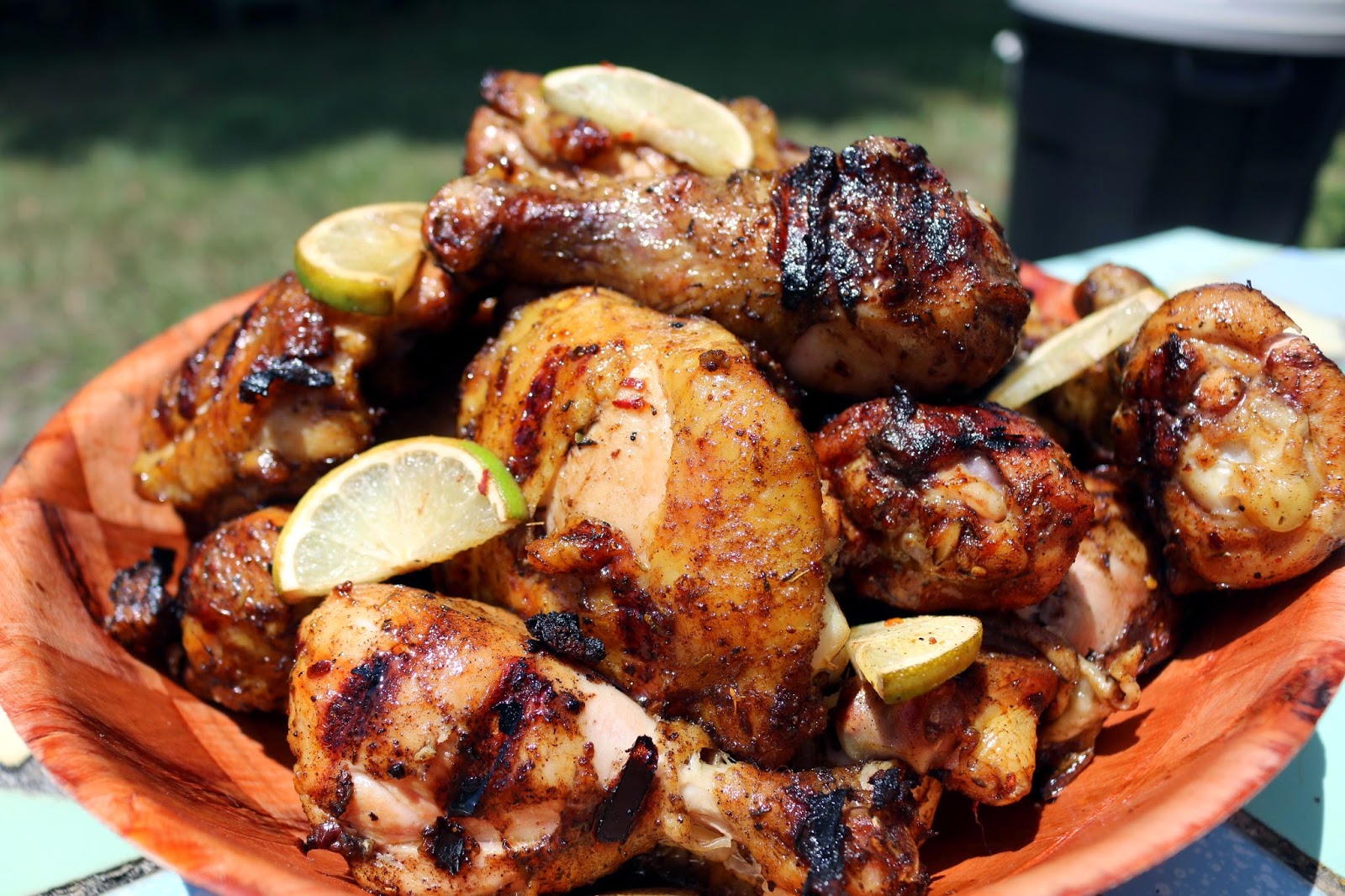Review of the Kenmore Elite Digital Countertop Convection Oven
By: Chef Cristian Feher
www.tampabaychef.com
Recently I had the pleasure of receiving a countertop convection oven from Kenmore to review. Kenmore is known for quality, and innovative kitchen appliances. So, I was excited to take this oven for as spin.
The first thing that caught my eye were the sleek, sexy lines - is that possible with a toaster oven? In this case, yes. Kenmore took the time to make this thing look as good as it cooks. The main focal point is the ultra-sharp, bright LED digital display which flashes crisp, blue and orange information (like mode and temperature).
To test it out, I decided to make three foods that typically end up in the toaster: chicken salad melts, chicken wings, and, because this unit actually comes with a really nice pizza stone, a pizza. They all cooked quickly, did not burn or over-cook, and the pizza cooked really nicely at 450 degrees - crispy on the outside and fluffy in the middle.
Here is how it scored:
Pro's:
- The quartz heating elements are not only really nice looking, they also heat up very quickly. It took less than 4 minutes for the oven to heat up to 450.
- A fully-functional convection fan inside the oven circulates the hot air around the food, allowing it to cook faster and more efficiently.
- The pizza stone that comes with the unit is great for small and medium sized pizzas. It's thick and heavy as it needs to be to retain heat properly.
- There are several modes to choose from from bake, to broil, to specific modes like pizza and bagels. You can also position the rack 3-different ways in order to best cook your food according to which heating elements you're using (top, bottom, or both).
- The digital timer can be set with a knob, and so can the different function knobs.
- A digital timer is an included function. You can set it easily by rotating the knob.
- You can cook at accurate temperatures by setting the digital thermostat.
- The oven is big enough to cook a 12 inch pizza, but small enough to fit on your kitchen counter comfortably.
Con's
- I am king of a computer and electronics geek, so the digital menu was easy enough for me to figure out. However, a person who is not good with computers or electronics - like my grandmother - would never be able to figure out how to use this oven. If you can use a smart phone, you can use this oven.
- The metal handle on the door got pretty hot. Which my previous toaster oven did not do. But it was not so bad that I couldn't handle it with a kitchen towel. An insulated acrylic handle would have been better.
All in all, not only will this oven out perform most other toaster ovens, but the sheer looks of it is sure to increase the visual value of your kitchen. It's the best-looking toaster oven I've ever had!
Pick one up online at www.kenmore.com. This would make a great holiday gift for your avid cook!



